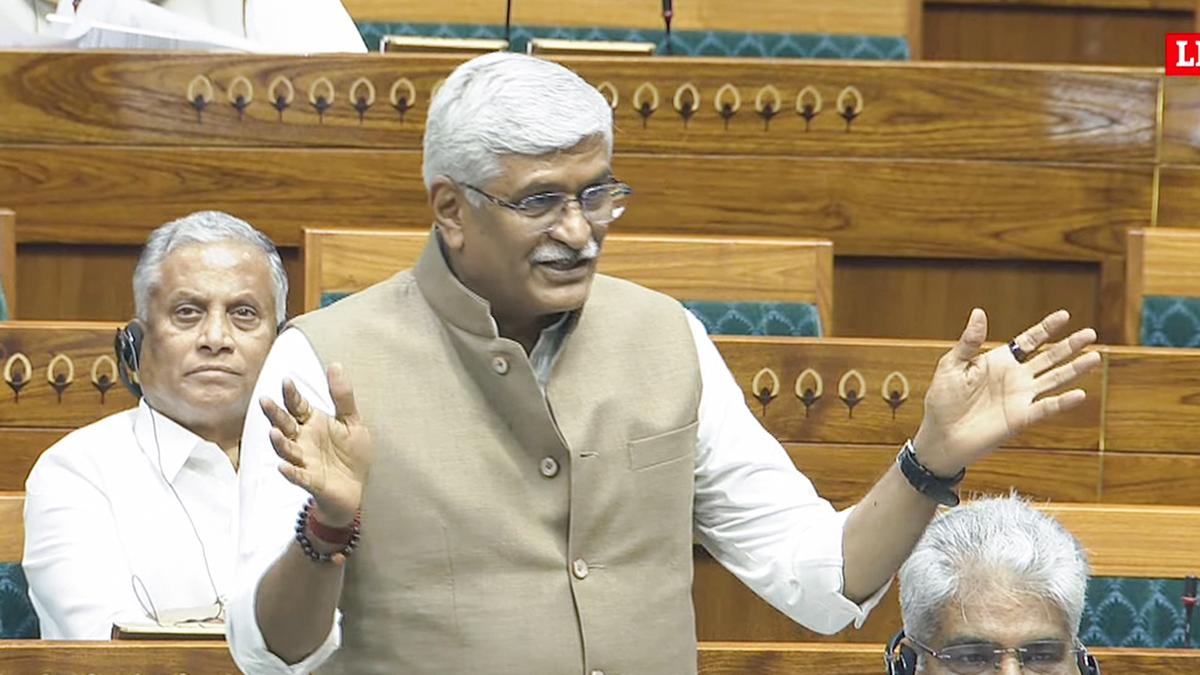
Parliamentary committee seeks reform of ASI monument delisting protocols
The Hindu
Parliamentary Committee calls for reform in delisting criteria for ASI-protected monuments to balance conservation with development pressures.
Amid the controversy over demands for removal of Mughal emperor Aurangzeb’s grave, which is an Archaeological Survey of India-protected site, a Parliamentary Committee has asked the Union Culture Ministry to form an independent panel to revisit and reform the criteria required for delisting a monument from the list of ASI protected spots.
Delisting of sites means removing a monument from the ASI list of protected sites, effectively releasing the institution from its responsibility to conserve, protect, and maintain that monument, and allowing regular construction and urbanisation activities in the area.
The ASI manages 3,698 centrally protected monuments under the Ancient Monuments and Archaeological Sites and Remains (AMASR) Act, 1958, encompassing temples, forts, tombs, and prehistoric sites. It has recently delisted 18 untraceable monuments like Delhi’s Barakhamba Cemetery and Haryana’s Kos Minar No.13.
Union Culture Minister Gajendra Singh Shekhawat informed the Parliament on April 4 that the ASI has been continuously taking “proactive measures” in coordination with the district administration to “mitigate” any damage to the tomb of Aurangzeb in Maharashtra’s Khuldabad.
Widespread protests had erupted in various parts of Maharashtra over a call to move the tomb of Aurangzeb out of the State. Maharashtra Chief Minister Devendra Fadnavis, though, had pointed out that it was an ASI protected monument.
The Parliamentary Standing committee on Transport, Tourism and Culture in its report submitted in both Houses of Parliament said delisting protocols require reform. “An independent panel should reassess criteria to ensure delisting occurs only after rigorous documentation and public consultation, paired with a relic repatriation policy for displaced artefacts.”
By combining technology, legal rigour, climate adaptation, and community participation, India can balance heritage conservation with developmental pressures, safeguarding its cultural legacy for future generations. These steps would align with ASI’s mandate while addressing systemic gaps in monument management, it said.





















 Run 3 Space | Play Space Running Game
Run 3 Space | Play Space Running Game Traffic Jam 3D | Online Racing Game
Traffic Jam 3D | Online Racing Game Duck Hunt | Play Old Classic Game
Duck Hunt | Play Old Classic Game











